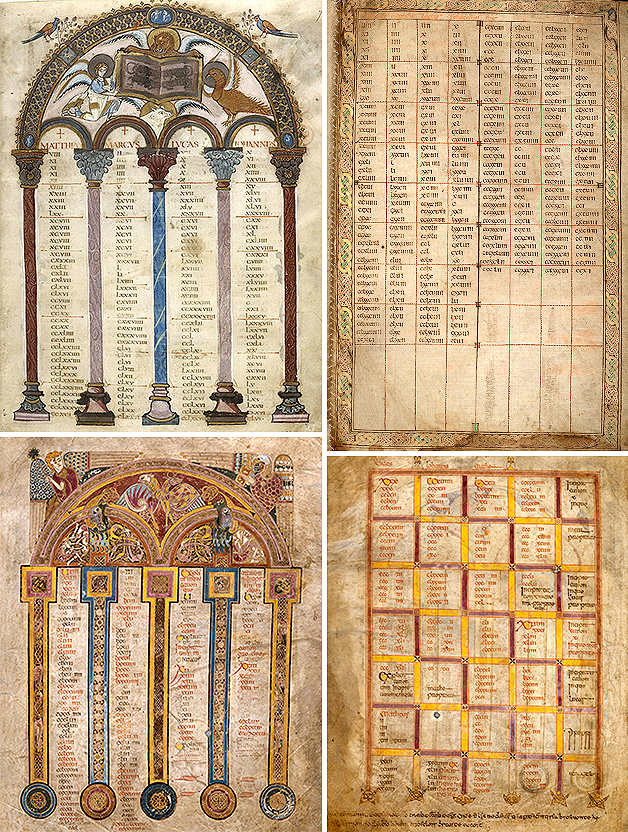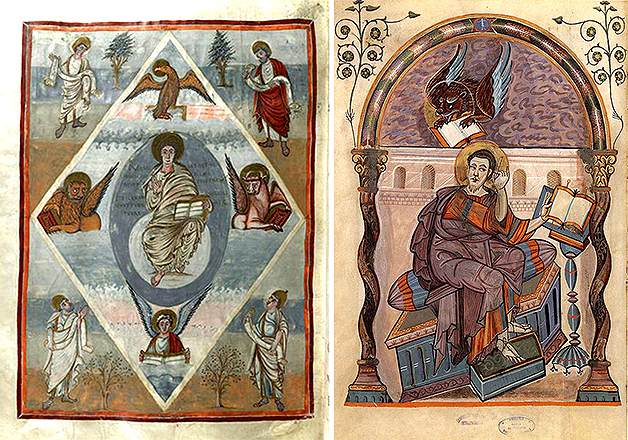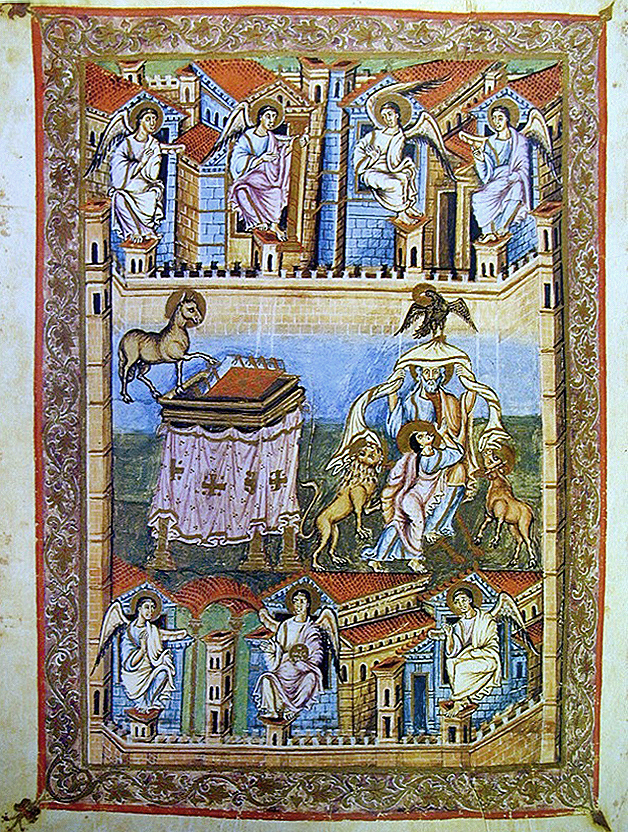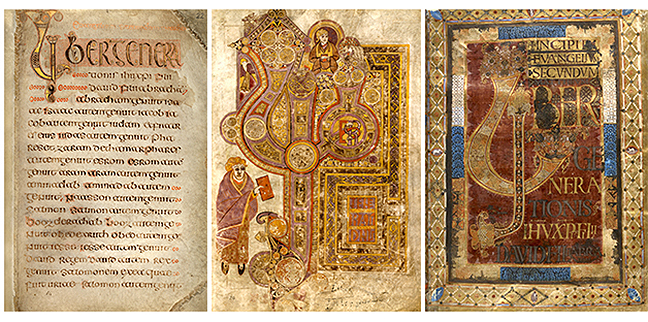Home / History / Irish History / The Book of Kells: Exploring an Irish Medieval Masterpiece / Decorating medieval gospel books
This article is from the free online
The Book of Kells: Exploring an Irish Medieval Masterpiece


Reach your personal and professional goals
Unlock access to hundreds of expert online courses and degrees from top universities and educators to gain accredited qualifications and professional CV-building certificates.
Join over 18 million learners to launch, switch or build upon your career, all at your own pace, across a wide range of topic areas.

 Fig 1. Arcaded canon table Gospels of Saint Médard of Soissons, Bibliothèque nationale de France, Département des Manuscrits,
Fig 1. Arcaded canon table Gospels of Saint Médard of Soissons, Bibliothèque nationale de France, Département des Manuscrits,  Fig 5. Miniature of Jesus Christ in Majesty, surrounded by the Evangelists and their symbols, from the Moutier-Grandval Bible, France (Tours), c. 830 – c. 840
Fig 5. Miniature of Jesus Christ in Majesty, surrounded by the Evangelists and their symbols, from the Moutier-Grandval Bible, France (Tours), c. 830 – c. 840  Fig 7. Folio 10r of the Bible of S Paolo fuori le Mura, Frontpiece for the Book of Revelation cc
Fig 7. Folio 10r of the Bible of S Paolo fuori le Mura, Frontpiece for the Book of Revelation cc  Fig 8. Carpet page in the Book of Kells
Fig 8. Carpet page in the Book of Kells  Fig 9. Opening words of the Gospel of Matthew in the
Fig 9. Opening words of the Gospel of Matthew in the 





